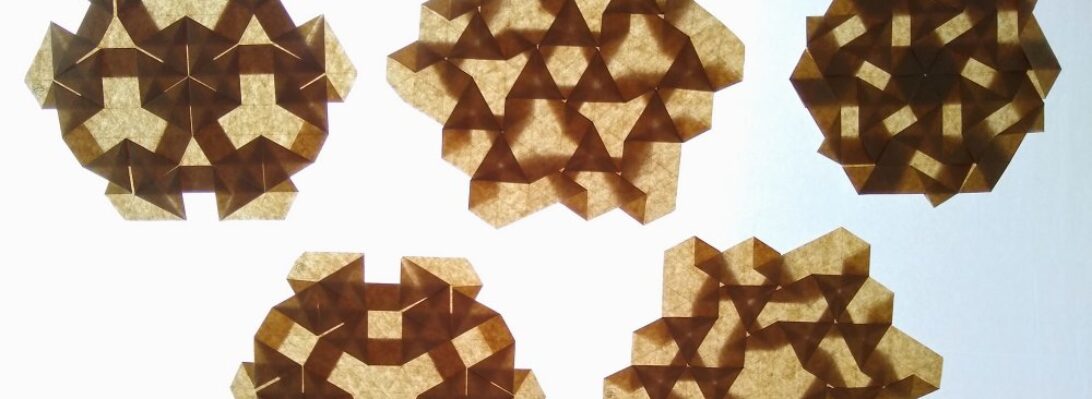Those following my socials will have seen that i was quite excited with an idea and it’s execution – a rare 1-2 whammy with me:

Having made Mulberry Washi, I was trying to decide what i wanted to do with it. I think the larger sheets are currently sheet pulp storage I will re-beat and incorporate into other sheets, but sheets 1 and 2 (names WM01 and WM02 – my nomenclature) I wanted to keep…because.
WM01 is barely there mulberry tissue – I will not fold it, but it is fascinatingly strong. WM02 on the other hand is almost a sheet of paper – thin, lovely deckle edges and loads of character.
I had this idea, based in part on my extensive folding from one of the oldest origami books there is – Senbaruzu Orikata. The idea of a traditional Tsuru (crane – the one everyone including me learns first) still connected by a wing-tip to the surrounding paper began to eat away at me (originally the idea woke me up).

Folding connected cranes is all about the prep, so as not to put too much strain on the part that joins – a single point of failure. Exploring the sheet, I searched my origami squares collection and found that an 11.7cm square could be placed, avoiding the holes and weirder bits, so decided on that size arbitrarily. I also liked how much of the sheet would be untouched, and reasoned I would need it to attach to a backboard if it were to be framed… but I am getting ahead of myself – I had no idea if I could fold or work the sheet at all.
In pencil, I traced the square as accurately as I could, then carefully with a scalpel liberated all 4 edges nearly to each corner so I could see the square border, then gingerly began laying in the pre-creases of a “bird base”. To my absolute delight the paper took sharp creases with NO fatigue. Knowing how the bird base was going to collapse it allowed me to place the necessary pre-creases ONCE, and in the right orientation (mountain or valley).
Once the pre-creasing was done, I then went and liberated 3 of the 4 corners (no turning back now) and collapsed and shaped the Tsuru with no real drama – just being careful of the single remaining attached corner.
Continue reading






